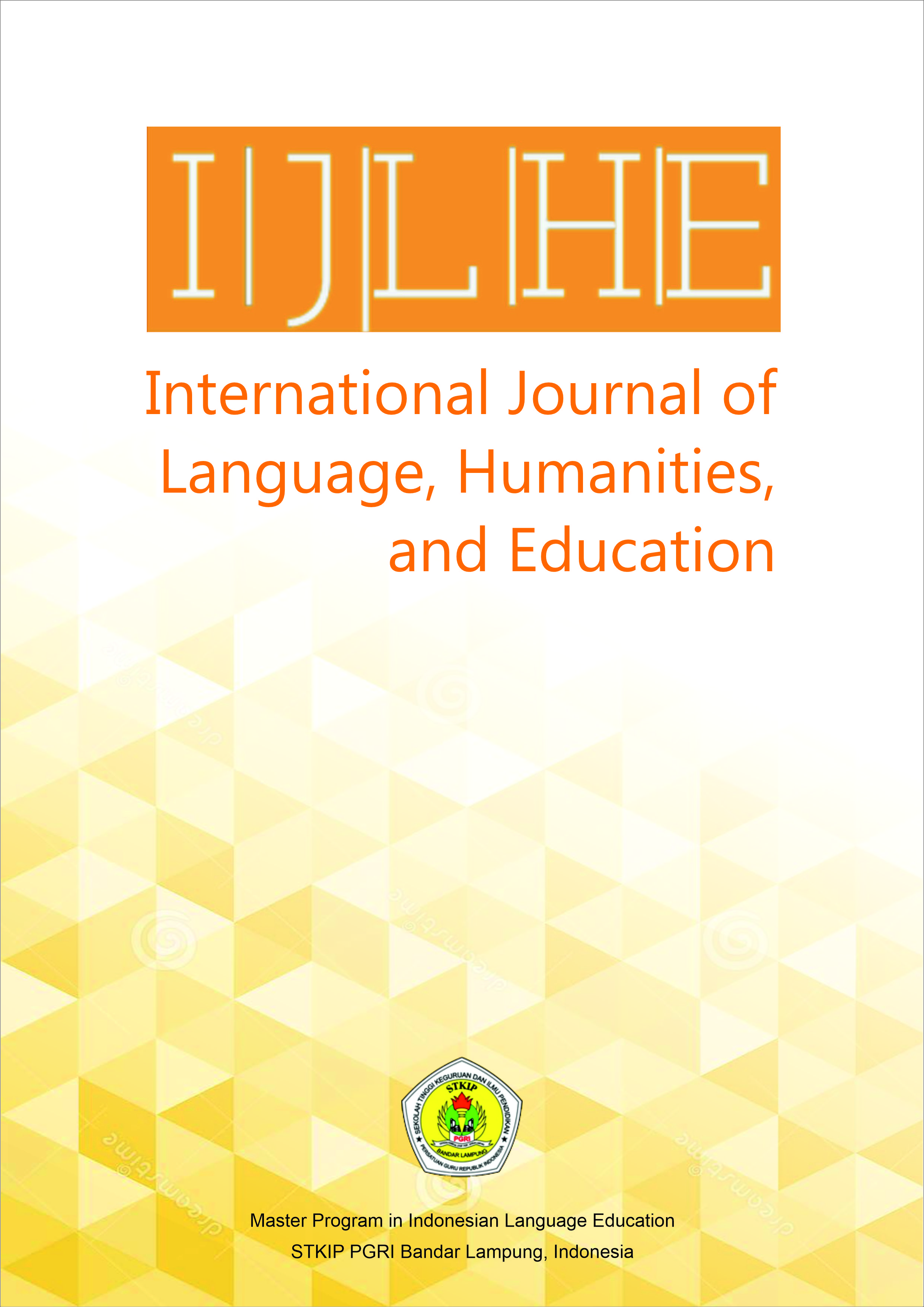Duolingo Dominance in Mobile-Assisted Language Learning: A Survey of User Preferences, Skill Targets, and Device Trends
DOI:
https://doi.org/10.52217/ijlhe.v8i1.1812Keywords:
Duolingo, language skill acquisition, learner habits, mobile-assisted language learningAbstract
The proliferation of mobile technology has transformed foreign language learning, offering flexible solutions for learners with time or accessibility constraints. This study investigates user preferences for mobile applications in language acquisition, examining application choices, targeted language skills, usage frequency, and device accessibility. Through a quantitative survey of 75 learners (aged 13–60) across Indonesia, results reveal that 84% leverage mobile apps for language learning, with Duolingo emerging as the dominant platform (67.6%). Participants primarily aimed to improve all core language skills (66.6%), engaged daily (41.2%), and dedicated 15–30 minutes per session (44.4%). Smartphones were the preferred access point (52.3%), particularly among working professionals (62.6% of respondents). The findings highlight mobile apps as critical tools for democratizing language education and underscore the need for enhanced speaking-focused features in future designs
References
Amer, M. (2014). A study of learners’ usage of a mobile learning application for learning idioms and collocations. The CALICO Journal. https://doi.org/10.11139/CJ.31.3.285-302
Degirmenci, K., Guhr, N., & Breitner, M. H. (2013, January 1). Mobile applications and access to personal information: A discussion of users’ privacy concerns. International Conference on Information Systems. https://eprints.qut.edu.au/105685/
El-Saleh, A. A., Al Jahdhami, M. A., Alhammadi, A., Shamsan, Z. A., Shayea, I., & Hassan, W. H. (2023). Measurements and analyses of 4G/5G mobile broadband networks: An overview and a case study. Wireless Communications and Mobile Computing, 2023, Article 6205689. https://doi.org/10.1155/2023/6205689
Gajic, T., & Maenza, N. (2022). The comparison of most popular mobile applications for learning foreign languages. https://doi.org/10.15308/sinteza-2022-335-340
Haldiya, P. (2025, April 22). Google Play Store statistics 2025 businesses must know. RipenApps. https://ripenapps.com/blog/google-play-store-statistics-2025
Hastomo, T., Sari, A. S., Widiati, U., Ivone, F. M., Zen, E. L., & Andianto, A. (2025). Exploring EFL teachers’ strategies in employing AI chatbots in writing instruction to enhance student engagement. World Journal of English Language, 15(7), 93–102. https://doi.org/10.5430/wjel.v15n7p93
Huang, C. H., Hsu, M. C., & Chuang, H. M. (2013). Influential factors of smartphone app download intention. Applied Mechanics and Materials, 411–414, 2184–2190. https://doi.org/10.4028/www.scientific.net/AMM.411-414.2184
Mandasari, B., Basthomi, Y., Hastomo, T., Afrianto, Hamzah, I., & Aminatun, D. (2025). The snapshots of Indonesian pre-service English teachers’ perspectives on integrating technology-based tools to rural schools. Voices of English Language Education Society, 9(1), 42–57. https://doi.org/10.29408/veles.v9i1.27965
Petit, T., & Santos, G. L. (2014). Mobile learning: An ergonomic alternative for long-awaited educational changes? In International Conference on Human-Computer Interaction (pp. 3–12). https://doi.org/10.1007/978-3-319-13416-1_1
Zhou, M. (2023). Mobile technology-powered education in developing countries. Science Insights Education Frontiers. https://doi.org/10.15354/sief.23.co051
Zhou, Y. (2014, May 1). Impact of mobile learning on distance education. Italian Conference on Theoretical Computer Science. https://doi.org/10.2991/ICTCS-14.2014.44














